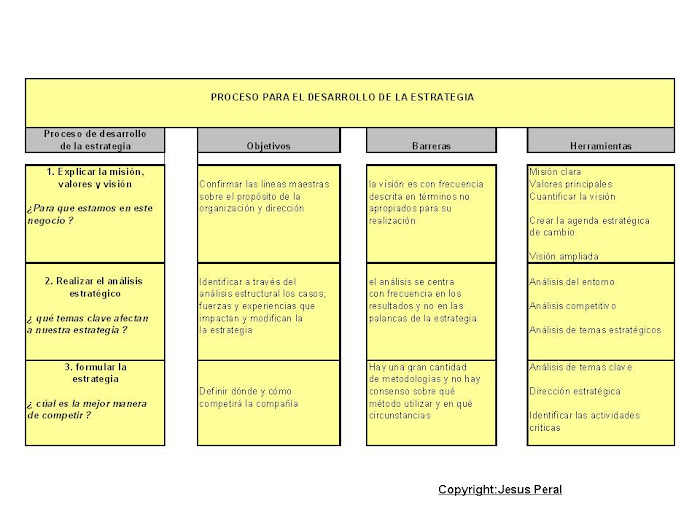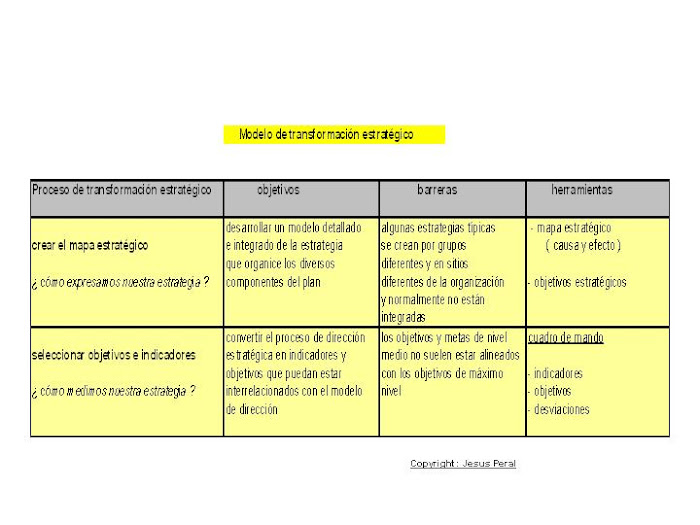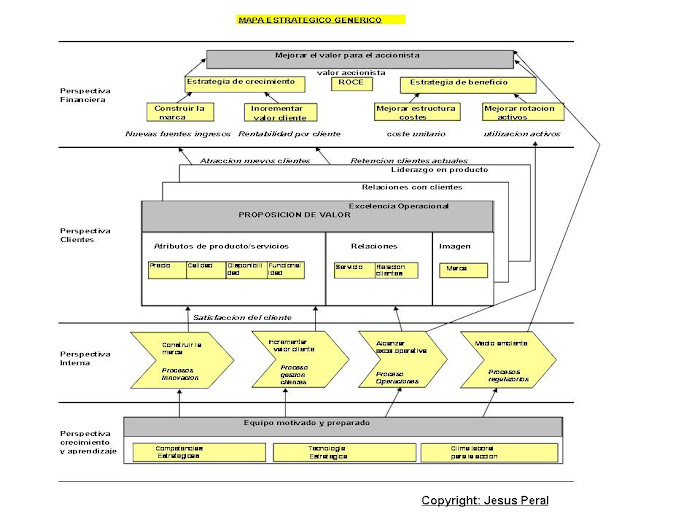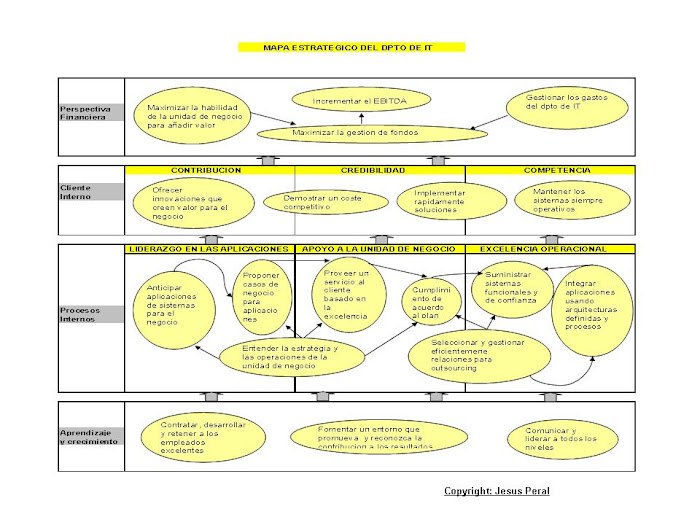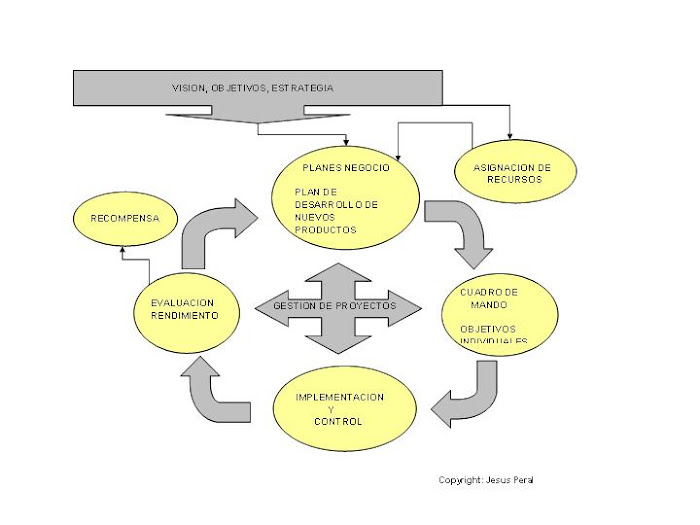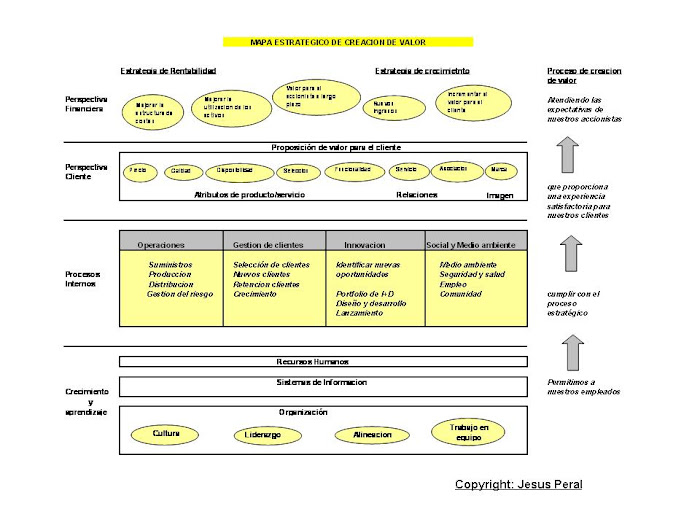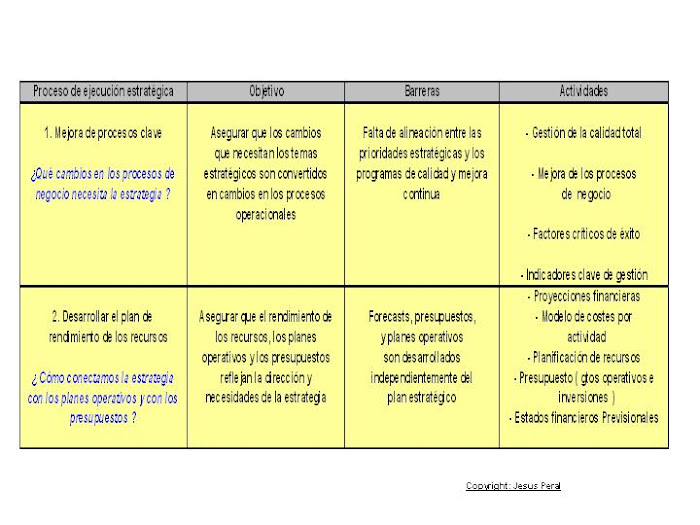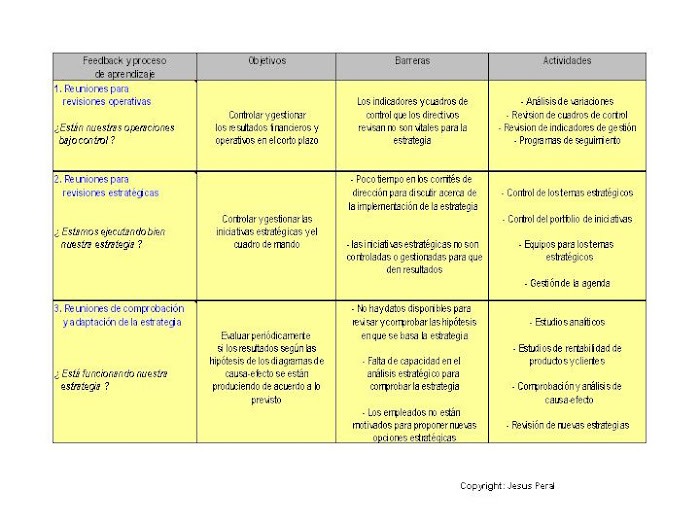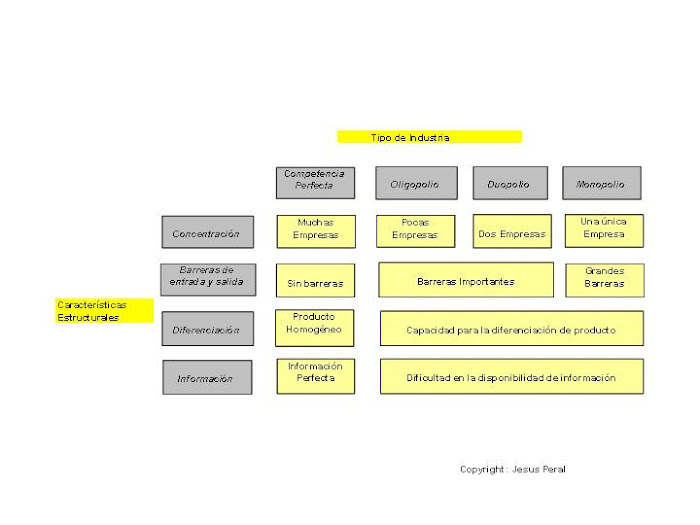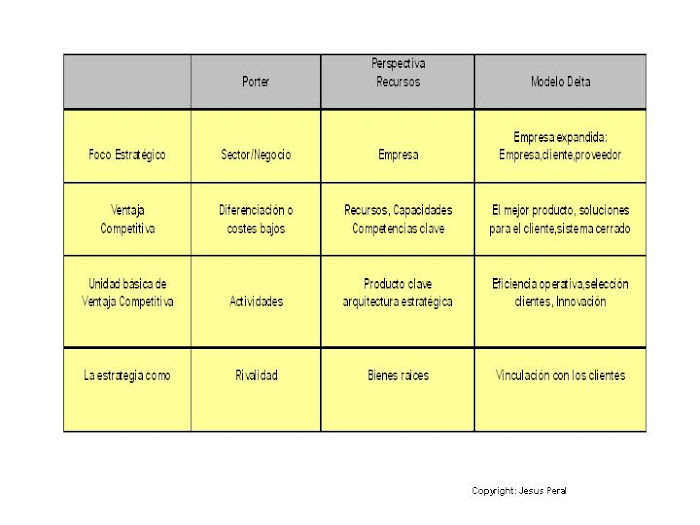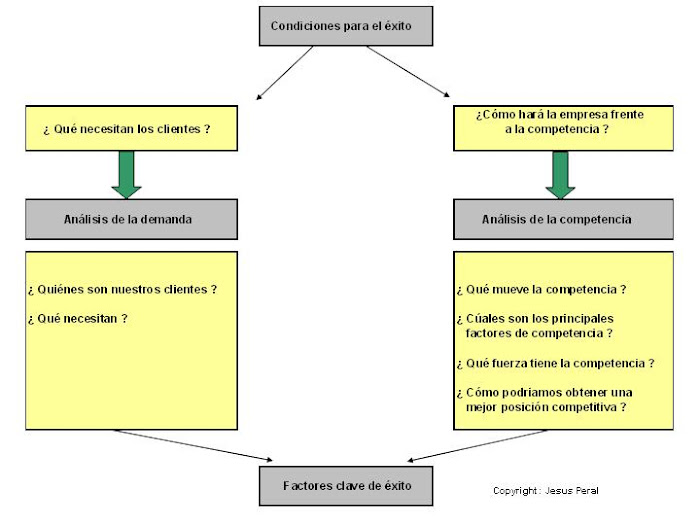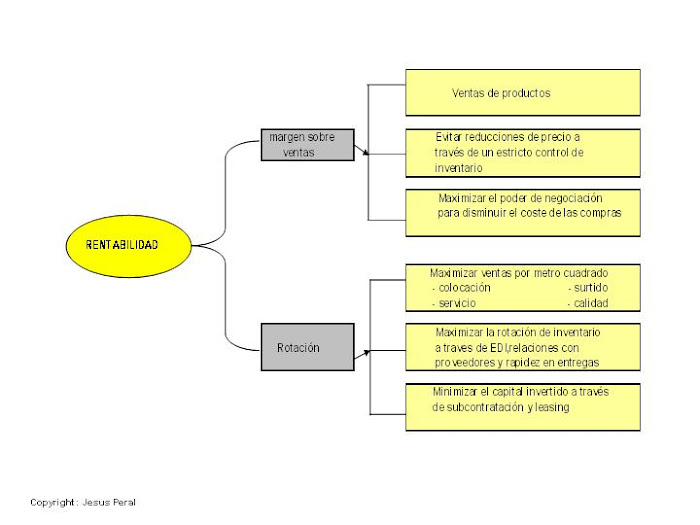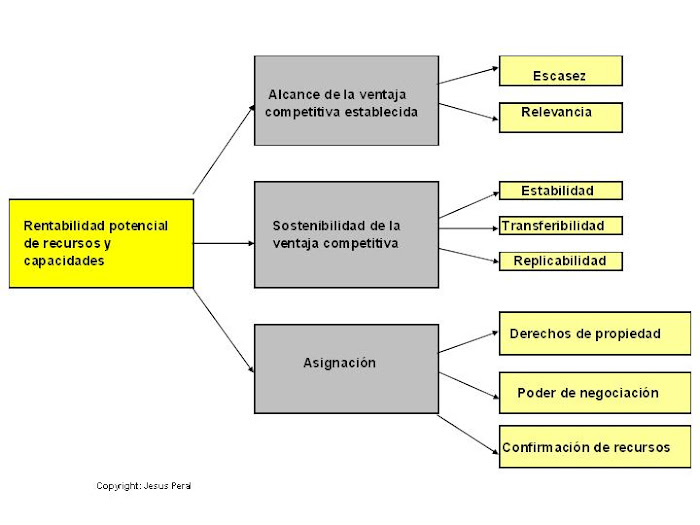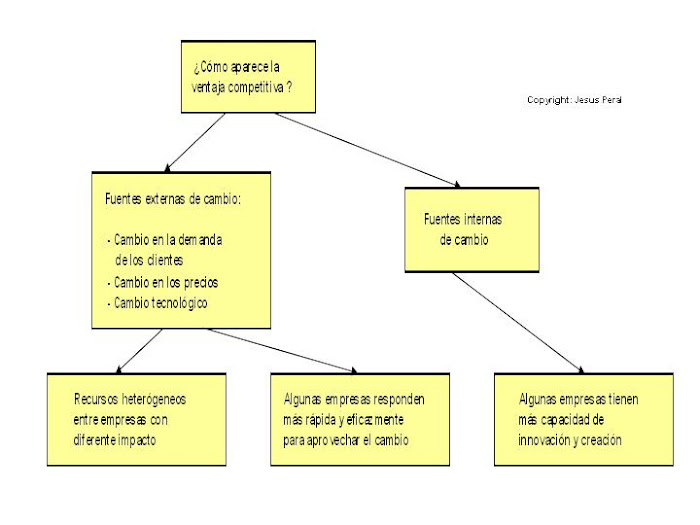Life is a competency that never is over. To be
born and fine is our first victory. From this moment the competency is the norm
if you want to be competitive, that is, to have the capacity to compete.
In the organizations and in all the aspects of
the human actions who aims to be a leader needs to be immersed in a permanent
competency. The society determines our competency, the idea to compete steeps
our daily life so it is natural we see ourselves as competitors in our jobs.
In my opinion the competency is a free exercise
of preparation in the development of our skills and in the development of our
own intelligence. The people who are ready to compete from their childhood take
advantage of their own resources and if they lack they manage to get them to
face their rivals with the same intentions: to win.
The future leader knows very well his/her
goals, he/she knows the effort has to be constant and to succeed you need more
than attitude and wish.
The future leader faces challenges and overcome
them, for example, excess of confidence, bad habits, conformism and a short
intellectual vision. Without the aim of winning the efforts turn out to be
useless to become the best, we have to believe we can and we need to do all the
necessary to achieve it. But we have to remember that failures will be also in
the way so we need to be positive and instead of thinking about frustration we
have to consider it as the impulse needed to reinforce the efforts although the
time devoted exhaust us, the stress increases and you see the victory far away
despite your intents to achieve it.
Competency comes with responsibility there is
no room for the pessimism if you want to become a leader, preparation and
development are permanent because the leader cannot betray himself and cannot
discourage his/her followers. Stagnation will never go with a good leader.
The more you are promoted in the organization
more difficult is your responsibility and commitment. The promotion is the
personal satisfaction and the collaborators and the organization are the reason
for existing.
The competency encourages with the good result
to those who strive for being something else that a stagnated person in a dark
destiny. The success in the competency is directly linked with tenacity and
courage when these are based in the good attitude and personality. To have
success expectations you have to put aside the toxic intellectual restrictions
which prevent us to develop the best physical, moral and intellectual attributes.
The danger in the career to become a leader is
shown when we are stagnated in our plan for the promotion. When this happens
you could fall in your conformism and then you are left behind by other that
worked harder and consolidated their strategy. Finally conformism becomes a
real problem and a barrier difficult to overcome. But when you have mature
criteria and your convictions are strong with a high sense of responsibility
and dignity your tenacity to be back on track for the promotion doing all the
necessary remains unchanging.
If to the contrary the person lacks the mature
criteria, strong convictions, responsibility and dignity in front of stagnation
then the fact of being overtaken by others becomes a “sick person” for the
organization as there is no satisfaction and all will produce disagreements and
permanent gossips with regard to his/her duties.
Under the above mentioned situation it is
possible the straggler leader reached his/her incompetence and therefore he/she
has to make a bigger effort to be reintegrated to the hierarchical flow. The
level of incompetence does not mean the person is no longer working but he/she
achieved the limit and has the option to change the attitude to keep efficient in
front of the followers he/she leads.
On the other hand if we want to be efficient
leaders and we don’t achieve a significant progress in our development we will
be less reliable. Leadership requires to be constant professional and culturally,
aiming high and a lot of effort and dedication. The leader has to be always
ready for the changes and to learn how to calculate his/her opportunities.
The leader has to fit in a profile and
knowledge which match with all he/she is obliged to know to meet his/her duties
without knowing everything. To know what
you need to know, professionally, is indispensable
for the leader and in the absence you take the risk to make stupidities.
I would say competency is really necessary.
Without it the incentive to achieve the excellence will be set aside in a cold
and deserted corner. Competing is healthy without reducing the effort you need
to make. Laughs, jubilation, pain and tears are part of the competency.
Competency manages our destiny as persons. Lack of competency is the main reason
for the incompetency.
As a conclusion the competency is not dreaming
or gaming is to devote all your efforts to improve and develop our knowledge. It
is in our hands but don’t expect a
miracle.






